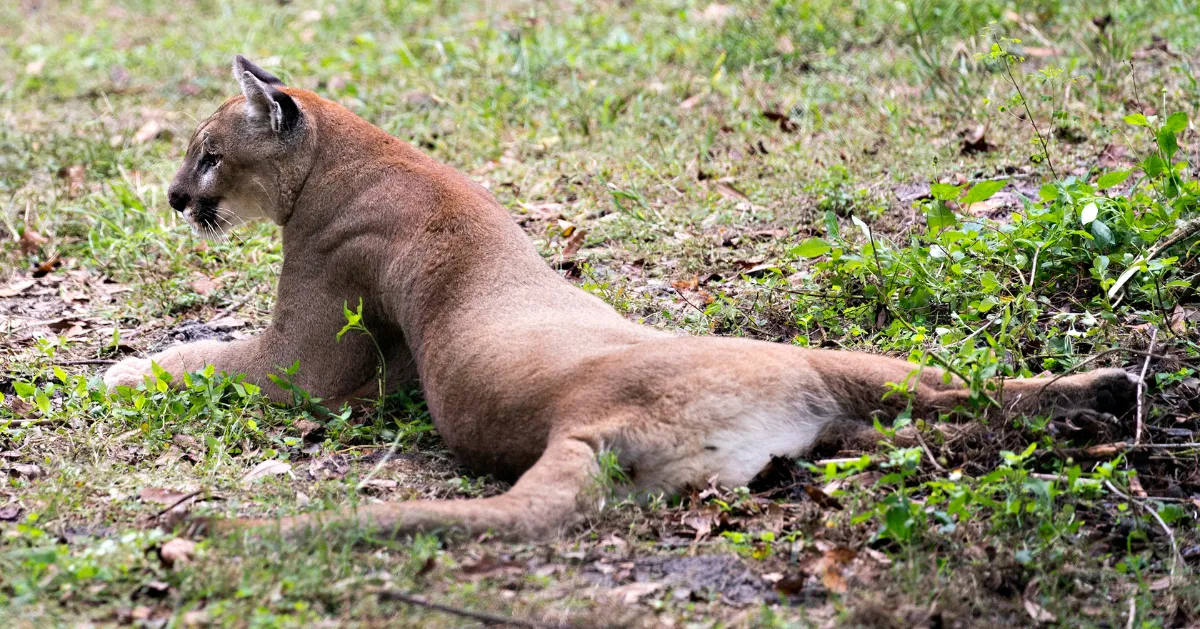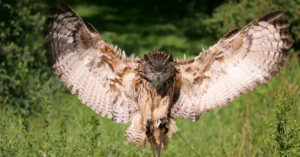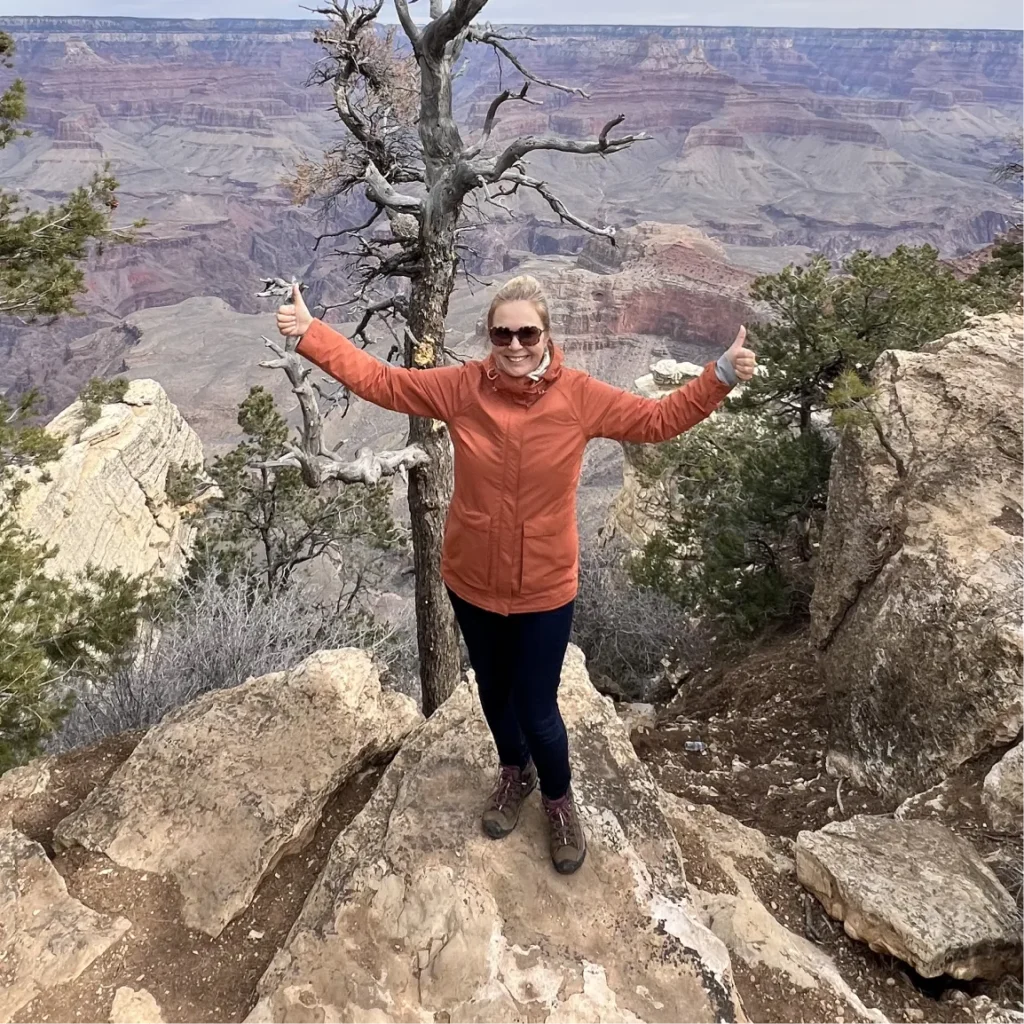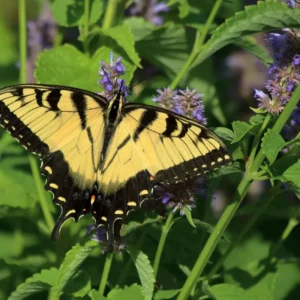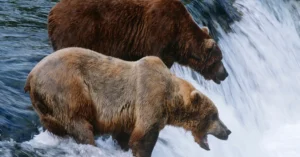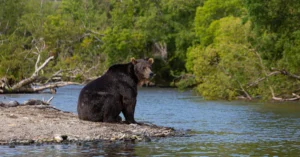When we step outside to watch animals, we are stepping into their world. It’s important to remember that this world is their home, and we should be respectful guests. By understanding wildlife behavior, we can enjoy these wonderful moments without causing any harm.
Observing animals in their natural habitat can be fascinating and deeply rewarding, but it’s crucial to do it in a way that is safe for both the animals and us. This guide is all about showing you how to watch wildlife safely and respectfully.
We will cover several important topics, including why it’s important to maintain a safe distance from wild animals, the best ways to observe them without causing disturbance, and what steps we can take to ensure we leave no trace of our presence in their natural environment.
So, grab your binoculars and your curiosity, and let’s learn how to be the best wildlife watchers we can be!
Why Should We Give Wild Animals Their Space?

Giving wild animals their space is very important. When animals feel safe in their homes, they stay healthy and act naturally.
If we get too close, animals might get scared or stressed. This can make them act in ways that aren’t good for them, like running into dangerous places or not eating enough.
When animals are stressed for a long time, it can make them sick. It also makes it hard for them to have babies, which is bad for their future. Animals need to do things like hunt, sleep, and take care of their babies without worrying about people.
Also, if animals get used to people, they might start depending on humans for food. This can be dangerous for both animals and people.
Animals might try to get food from people, which can lead to accidents or even make people scared of them.
Keeping our distance helps animals continue their natural behaviors, like migration and mating. Without interference, they can follow their instincts, find their food, and interact with other animals as they are meant to. This balance is crucial for their survival and the health of our ecosystems.
That’s why it’s best to watch animals from a distance where they don’t notice us. By doing this, we help them stay wild and free, which is good for them and for nature.
This respect for their space is not just about our safety, but it’s also about preserving the beauty and integrity of the natural world.
Best Practices For Ethical Wildlife Watching
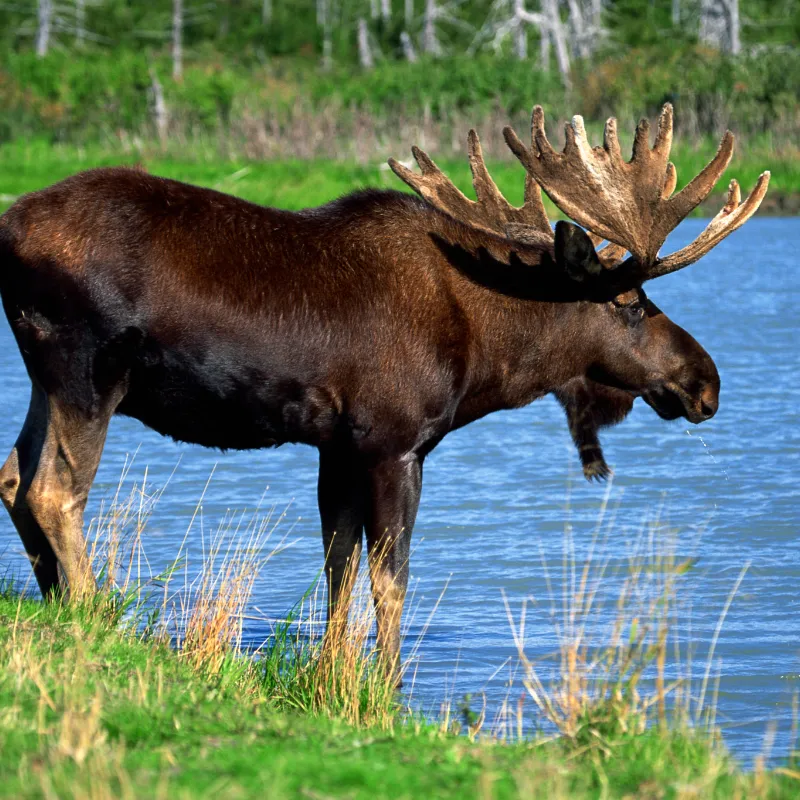
Ethical wildlife watching is vital for ensuring that we enjoy nature without disrupting it. Here’s a detailed guide on best practices that every wildlife enthusiast should follow:
- Stay on Designated Trails: Keeping to the trails minimizes the risk of damaging fragile ecosystems. Straying off the path can harm plant life and disturb the small, often unseen inhabitants, such as nesting birds and ground-dwelling creatures.
- Keep Noise to a Minimum: Animals are sensitive to sound, and excessive noise can disrupt their natural behavior and may even cause them to vacate their habitat. For example, loud voices or the sound of phones can scare away species like deer and birds, who perceive the noises as potential threats.
- Use Observation Tools: Binoculars and scopes are essential tools for observing wildlife from a distance. They allow you to get a close look without encroaching on the animals’ space and causing stress. For instance, bird watchers routinely use these tools to study bird behavior and appearances without disturbing them.
- Never Feed Wildlife: Feeding animals can lead to unhealthy dependencies on human-provided foods and alter their natural foraging habits. For example, feeding bears can make them associate humans with food, potentially leading to dangerous encounters. Additionally, human foods may not be suitable and can cause health issues in wildlife.
- Patience is Key: Wildlife watching requires patience. Animals are unpredictable and may not always be visible. By waiting quietly, you increase your chances of witnessing natural behaviors. For example, photographers who stake out early in the morning or late in the evening are often rewarded with rare animal sightings.
- Respect Their Night Habits: For nocturnal wildlife watching, use a flashlight with a red filter. Red light is less intrusive and doesn’t interfere with the animals’ natural night vision. This is particularly important when observing animals like owls and nocturnal mammals.
- Practice Responsible Photography: When photographing wildlife, avoid using flash as it can startle and temporarily blind animals. Maintain a respectful distance, use a long lens to capture close-up shots, and never alter the surroundings to get a better picture.
- Leave No Trace: Ensure you leave the area as you found it. Dispose of all waste properly and avoid leaving food scraps, which can attract animals to areas frequented by humans, increasing the risk of disease transmission and unnatural behavior.
- Adhere to Local Regulations: Local wildlife watching guidelines are designed to protect both the fauna and visitors. These might include restrictions on the number of visitors in an area, specific times for observation, or prohibitions on entering certain sensitive zones.
Essential Preparations For Wildlife Watching
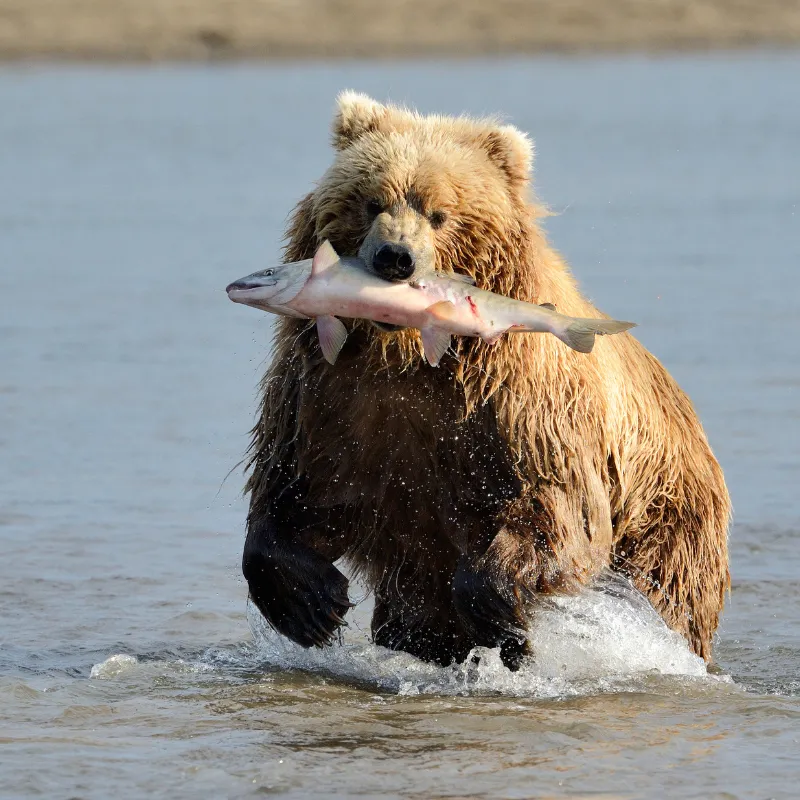
Preparing well for a wildlife watching trip is key to both your enjoyment and the safety of the animals. Here are some essential preparations to consider:
- Learn About Wildlife: Before you head out, research the types of animals you might see. Understand their behaviors, needs, and how they might react to humans. For instance, knowing that bears are active during specific times can help you plan your visit to avoid disturbing them.
- Check Weather Conditions: Always check the local weather forecast before your trip. Bad weather can not only ruin your experience but can also be dangerous. Additionally, some animals are more active during certain weather conditions, so knowing what to expect can enhance your viewing opportunities.
- Dress Appropriately: Wear clothing that blends with the environment to avoid drawing attention. Bright colors can alert animals to your presence. Also, wear layers to adjust to changing temperatures and sturdy boots to handle rough terrain.
- Pack Essentials: Bring along binoculars for distant viewing, a camera with a zoom lens for taking photos, and perhaps a field guide to help identify species. Also, pack water, snacks, and sunscreen. If you’re planning a long stay, include a first-aid kit.
- Plan Your Route: Know where you are going. Use maps and GPS if available. Stay on marked trails as wandering off can lead to damaging habitats or getting lost.
- Inform Others: Let someone know where you’re going and when you expect to return. This is important for safety, especially if you’re venturing into remote areas.
- Be Mindful of Timing: Many animals are more active during dawn and dusk, which are the best times for observation. Planning your trips around these times can increase your chances of sightings.
- Practice Using Your Gear: Familiarize yourself with any equipment like cameras or binoculars before you go. This way, you won’t miss a great shot or sighting because you’re fumbling with your gear.
Tips To Reduce Your Impact On Wild Animals
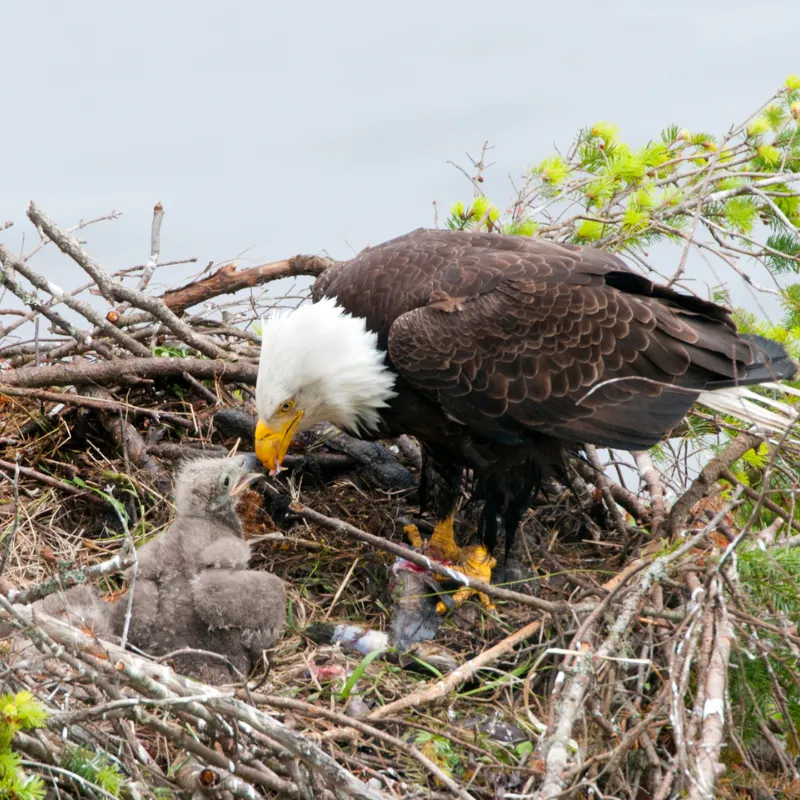
Reducing our impact on wild animals is crucial when we venture into their natural habitats. Here are some tips to help minimize your presence and ensure that wildlife remains undisturbed:
- Observe from a Distance: The best way to watch animals is from afar. This allows you to observe their natural behaviors without influencing their actions or causing stress. Use binoculars or a zoom lens to get a closer look without getting physically closer.
- Move Slowly and Quietly: Sudden movements or loud noises can frighten animals. When you move slowly and keep quiet, you’re less likely to startle wildlife, allowing you to observe them for longer periods.
- Avoid Scented Products: Animals have keen senses of smell, and strong scents from perfumes, lotions, or other scented products can deter them from an area. Before heading out, it’s best to avoid applying these products.
- Do Not Feed the Animals: Feeding wildlife can alter their natural behaviors and diet. It can also make them overly dependent on humans for food, which can be harmful to their health and safety.
- Stay on Trails: Sticking to designated trails helps protect natural habitats. Straying off the path can damage vegetation and disturb the animals that live there.
- Travel in Small Groups: Large groups are more likely to disrupt animal behavior. Smaller groups are quieter and can be less intimidating to wildlife.
- Handle Waste Properly: Always take your trash with you when you leave. Litter can be harmful to animals and the environment. If you pack it in, pack it out.
- Use Environmentally Friendly Products: Opt for biodegradable and eco-friendly products whenever possible, from sunscreen and insect repellent to food packaging.
Final Thoughts
Watching wildlife is a privilege that brings us closer to nature, but it comes with the responsibility to protect and preserve the natural world. By understanding wildlife behavior and following ethical practices, we can ensure that our encounters are safe and sustainable.
Always remember that our actions can have a big impact on these animals and their habitats. Let’s strive to leave no trace and share our knowledge with others so that future generations can also enjoy the beauty and diversity of wildlife around us.
Together, we can make a difference in conserving nature’s wonders.

